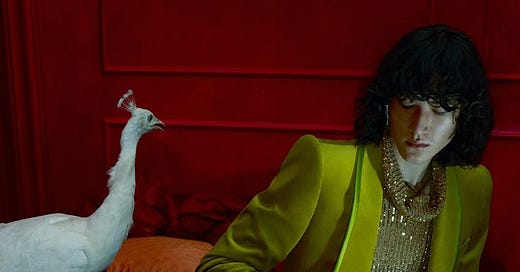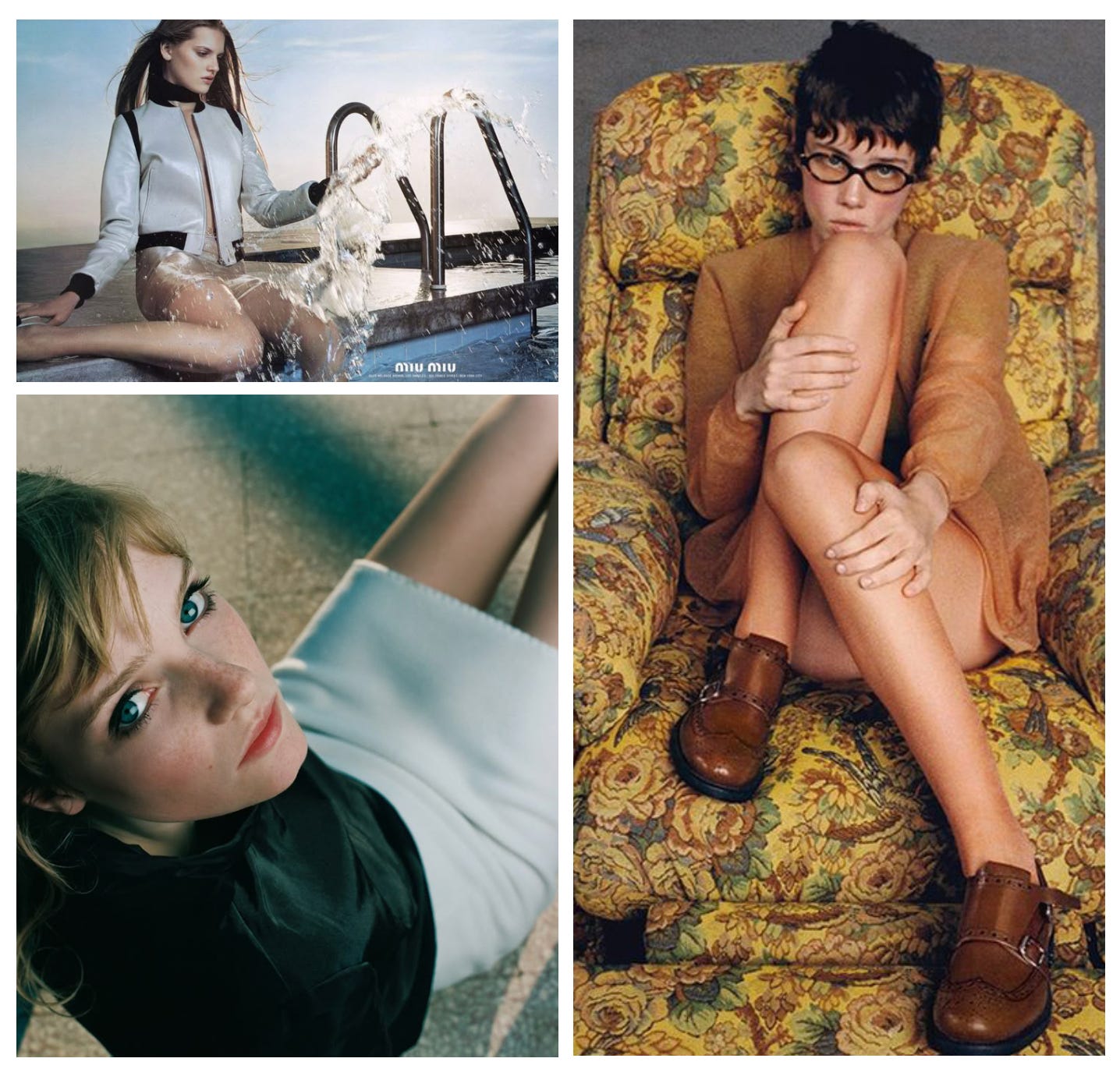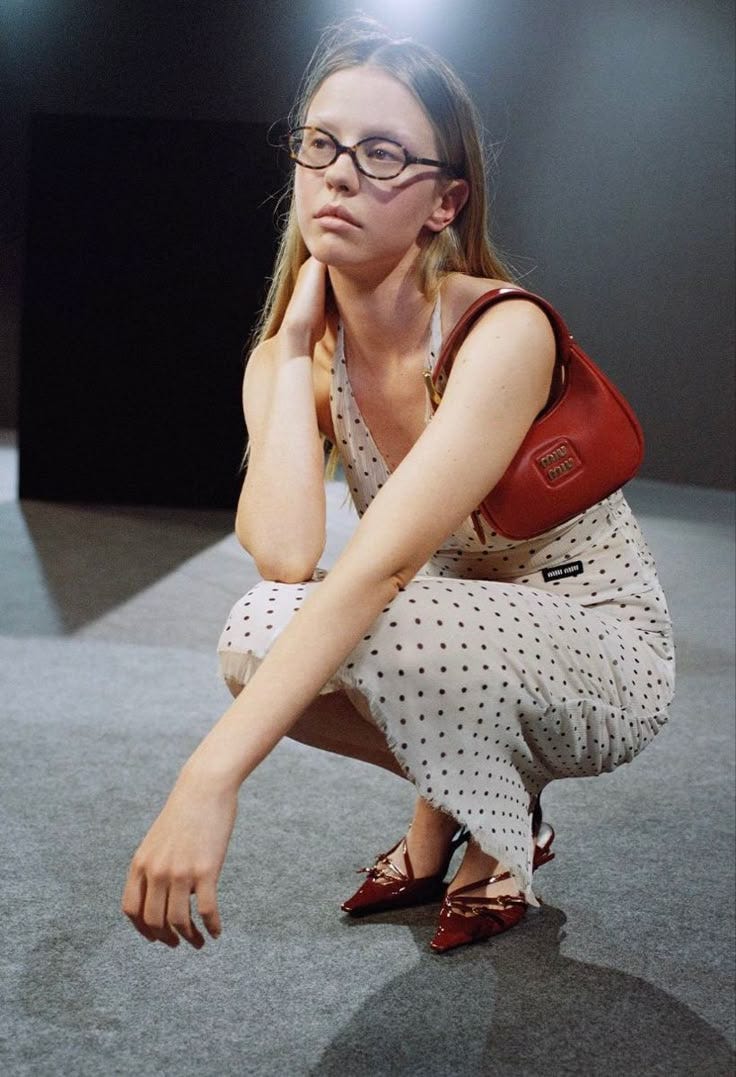Hi everyone, I am trying my best to stay with it on Substack but it’s so hard. Substack has given me so many amazing clients that unfortunately it has fallen to the wayside. No more!!!! Today I’m going to do a mini shopping update (a la
) as well as some educational content.First things first, I am very excited about some recent purchases. Been living in this green cashmere baby tee, buying this today for fun and looking for some classic sneakers that are timeless? Is that a thing?
I got this ALAIA LEOPARD PRINT CALF HAIR coat (yes, you heard right!) for when I traipse around the streets of Paris pretending not to know my husband and toddler in their khakis
For the home, I procured this chair for my husband’s office, got these pulls and their matching knobs for my kitchen cabinets. Trying to decide on the cabinet color. My trim is French gray, and the man that owned the house before us tiled the kitchen floor to ceiling in white subway tiles... You see my dilemma. So if anyone has a cabinet color they’re liking, LMK. I also got a set of these bowls, and on the hunt for some pretty vases that aren’t $$$.
Lastly, I am in gardening mode. I have planted peppers, tomatoes, cucumber, zucchini, and trying to figure out a cute way to plant/display strawberries. Always love to chat about any of these things in the comments if you’re interested!
EDUCATIONAL
I saw an instagram recently from
- I cannot for the life of me find it - about how to think of your brand like a TV show. Allow me to explain!When I worked for agencies, I struggled to churn out work that’s only value proposition was “coolness". There were occasional detours, but generally every brand lacked a cohesive story. On top of that, I was not encouraged to do any creative work other than exactly what the client said they wanted. And while that’s obviously the job, sometimes they couldn’t voice what they wanted! We always ended up with a pretty brand, but after the agency work is done, that same brand always struggles to maintain the level of thought, style, and consistency of the agency that built the framework for them.
I’m sure a lot of founder and owners might read this and think their story doesn’t matter. And while it might not on its face, I think an exercise like this could streamline creative processes for many a brand. I can’t tell you how many times I passed off a brand book to a team of designers only for them to ignore it completely or do a bad job of communicating it. If there is a strong centerpiece for everyone to refer back to, perhaps it will be easier to maintain the brand’s aesthetic?
The most convenient way to break this down is by asking yourself: What would my brand look like if it was a TV show?
THE CHARACTERS
The characters in your TV show are made up of the founder(s), influencers you work with, employees, models, etc. Try to make yourself (as the founder or whoever you are) consider what kind of people you would associate with, and then the characters should come naturally. This can be based on personality, look, vibe, energy, whatever you want to call it!
Take Miu Miu for example. If you were to round up all the girls you could possibly think of from Miu Miu campaigns, don’t they kind of look like a crop of teenage girls that were rescued from a cult? Pale, skinny, a little bit of greasy hair here and there….
But it works! They’re kind of like school girls, newly rescued and trying to figure out their style. Sometimes their patterns clash, but we don’t care because we love their freakiness. They are grown up now but they still don’t smile much because of their checkered past.
So when searching for a celebrity to tie to Miu Miu, Mia Goth comes to mind. She mirrors this portrayal; and the characters she plays resonate similarly. Find a celebrity you think totally personifies your brand, and a lot of information will follow.
Are you a luxury beauty brand for older ladies? Maybe Meryl Streep is your North Star. Who would she hang out with? Who would she rather not hang out with? So much information can come forth if you use your imagination.
Then we get to the next part, where do the characters exist!
THE SETS
The sets are very important for brand consistency. They take the branding and bring it to life. For me, Gucci (Alessandro Michele) had sets that were the emotional core of his storytelling. While they were beautiful, they had another purpose.
Gucci was a legacy fashion house with a traditional, deep heritage, but also known for constant reinvention. His sets honored the legacy with constant classical references (Renaissance art, antique jewelry), but also reflected the inner subconscious of his characters. He gave us textured, moody environments that felt like folklore; a secret society or a lost civilization. His sets (and characters) felt like a place where the rules of fashion/beauty/society were rewritten.
There are lots of already created sets to draw inspiration from. They can range from the extremely minimal, to the very elaborate. Perhaps you’re a Scandinavian salt brand, and your sets are a Nordic coastline or a ski chalet. It’s basically just a place that your characters/products don’t feel out of place. And to make them feel IN place, you must now discuss….
THE STORIES
These are already established brands. How would a new brand come up with this same idea? They have to tie it all together with a story.
For MIU MIU, it’s the decision that the “awkwardness” is calculated and editorial, and that it’s part of a culture that worships irony. A society where offbeat charm>slick perfection. Their sets are a bit institutional, with fluorescent lights, almost like a depressing flashback in a movie. But when they come together, they feel consistent.
The story comes through in videos and art direction; the pauses are a little too long, the hand movements are a little weird. All of which contribute to an awkwardness that actually ends up being cool, not just because it’s mildly subversive but because it’s extremely consistent. It’s also exclusive in a way because you have to get it, and if you think it’s ugly, you simply don’t get it and aren’t in on it. Thus you are a loser. That’s how you manufacture coolness!
For AM’s Gucci, it’s about a reverence for beauty in two different ways. First, a beauty found in the old, sacred, traditions of a great Italian Fashion House. Second, it’s about finding unexpected beauty in eccentricity, individuality, and reinvention. The story of Gucci is how those two things intersect: clashing the sacred traditions with the strange and mythical.
You can see this story in the casting and the sets, but also in the glowing, cinematic lighting, deliberately disjointed editing, even a camera that lingers. For his music, he wavers between opera, 70s rock, and everything in between. My point being: it all contributes to the narrative as described!
CASE STUDY : JACQUEMUS
When I bring this up to clients, I often use Jacquemus as an example. His brand world is very compelling; it feels like a summer in the south of France. If you were to step back, you’d see the world resembles the imagination of a child. How would a child whose only experience is his dreams up his ideal fashion brand? With bright colors, ridiculous, surrealist proportions, and sunlight on everything.
You can tell his characters come from that child’s mind. Sometimes it’s obvious, with little kids playing dress up in his designs, and other times it’s more subtle. It’s a model with too-big hair with a pout like Cruella De Vil. It’s Greg from White Lotus wearing a banana shirt and holding up a sign that says “I love bananas”. Tell me that wouldn’t be in the pages of my 13 year old journal! They are cheeky, exaggerated characters who embrace absurdity and flirtation. He loves blurring the line between grown-up fantasy and a children’s imagination.
His sets are no different. They are sun-drenched, happy places that only the most fabulous people can be present. The color palette is entwined into every set, and the characters don’t look remotely out of place. Every setting is playful, surreal, and golden, with oversized props, minimalist Mediterranean backdrops, and dreaminess. They blend French nostalgia with sensuality.
At Jacquemus, the story is about a childhood in France and the romanticization of French life. There’s a ton of surrealism and exaggeration, connecting back to a childhood wonder. There is also a sensuality, which feels very understated and quintessentially French. A blend of all these things creates a world of lighthearted luxury.
THE EXERCISE
I know I’m talking about fashion brands with history and giant budgets, and these stories are extremely complex. I’m not saying you need to emulate them, but hopefully I can show you how deep they can go. For your own brand, just start with some simple questions.
First start with the founder, the employees. What is the general humor, what do you find funny or interesting, who do you hang out with? How do they dress? Create a persona around this, including their hobbies, interests, friends, etc.
Then figure out where they hang out. Are you in New York? What bar would they hang out at? What brands would they buy other than your own?
What kind of set can you picture your brand in? Is it the sand-filled dystopian world of Dune? Is it a Nancy Meyers kitchen? Is it in your warehouse? On a farm, a beach, another planet?
How does the story begin? Is there an enemy you can profile in your story? Is it BIG PHARMA? Is it the freaks over at Balenciaga? Even if not named, how can this enemy play a part in your story? How can you get your consumers wrapped up in the story of your brand’s life?
Let me know!
XOXOXO













Epic breakdown. I saw Oren’s video and thought it could be a whole new genre of content production cos it’s that deep 🤩
Thank you so much for the mention!
I remember that video but it was too deep in the feed to find haha - might have to run a similar one again.
Such a good post!